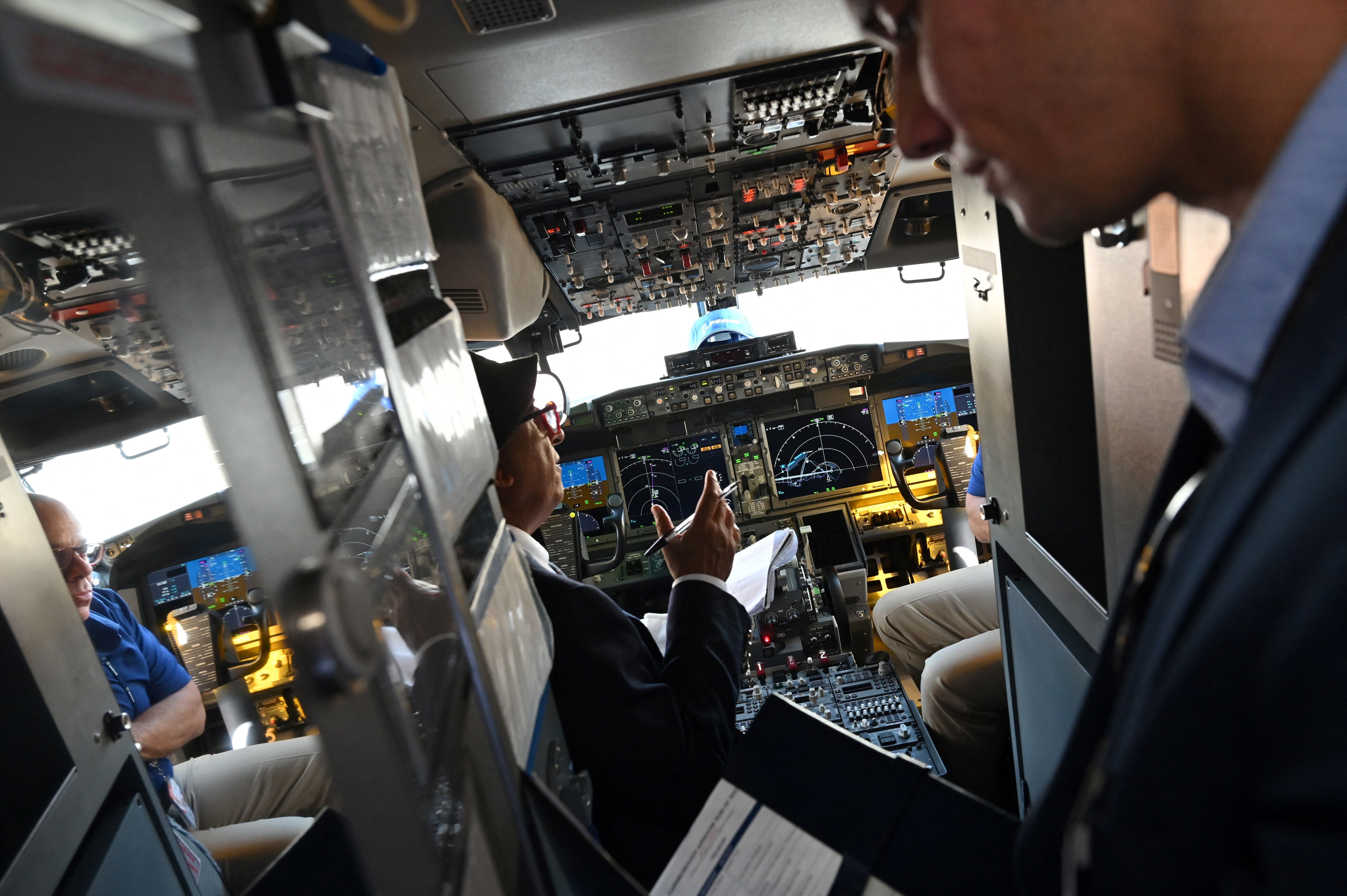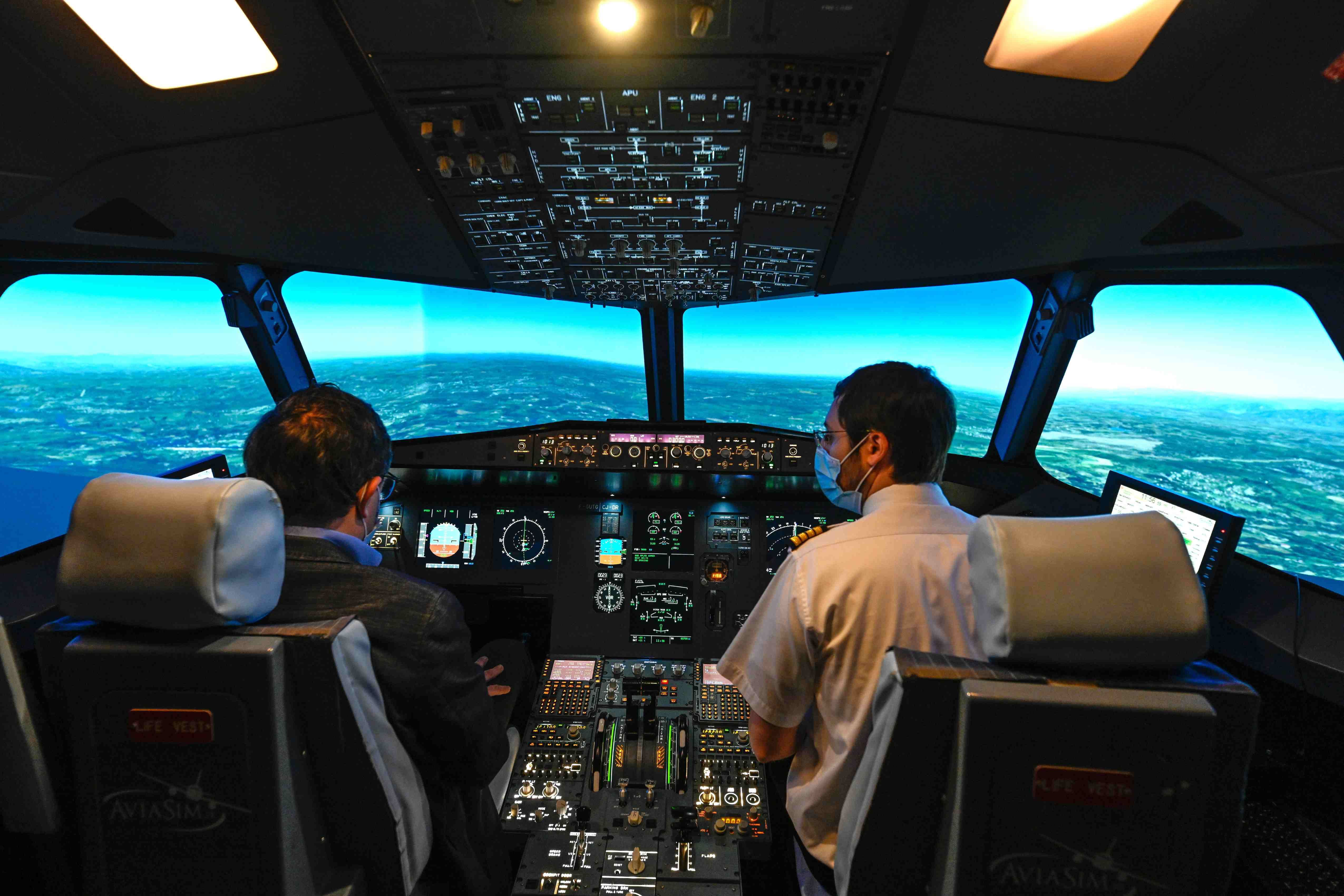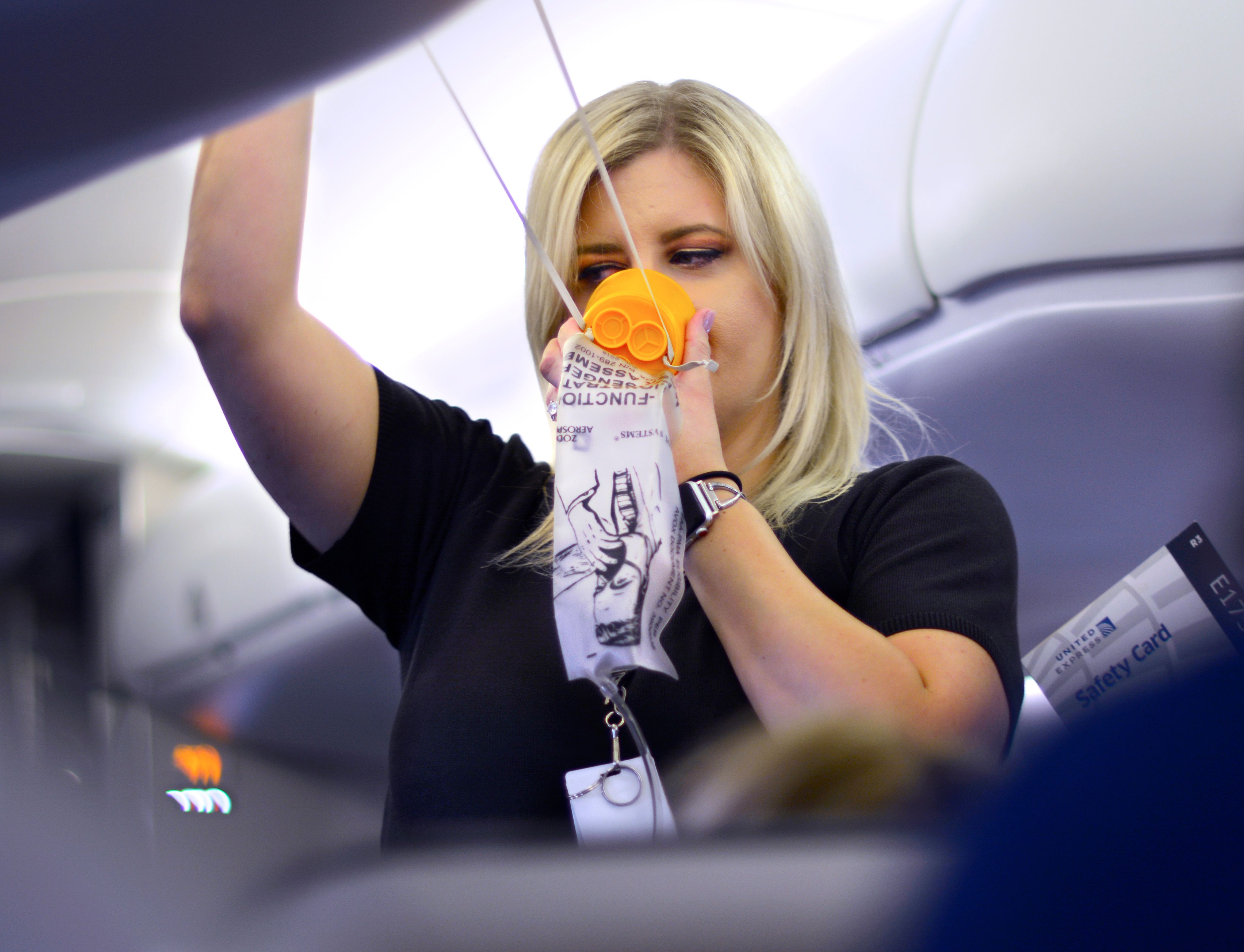Staffing shortages across the aviation industry have certainly been in the news lately, albeit more so in some areas of the world than others. And the need for skilled personnel is only set to increase. On Monday, Boeing released its new Pilot and Technician Outlook (PTO), which forecasts demand for 2.1 million new aviation personnel over the next 20 years.
Boeing estimates that more than half of the demand will come from China, Europe, and North America, whereas the fastest growing regions are Africa, Southeast, and East Asia. Russia was excluded from this year's assessment due to the market uncertainty arising from sanctions, with aircraft exports to the region prohibited from Western manufacturers. Even excluding Russia, the outlook represents a 3.4% increase compared with 2021.
In total, across the forecasted regions, the long-term prediction shows that the industry will need 602,000 pilots, 610,000 maintenance technicians, and 899,000 cabin crew members to support the world's commercial fleet in the coming two decades. Unsurprisingly, this is in line with Boeing's predictions in its most recent Commercial Market Outlook that the worldwide fleet will nearly double and grow to 47,080 airplanes by 2041.
Steady and increasing demand
Chris Broom, vice president, Commercial Training Solutions, Boeing Global Services, commented on the findings and took the opportunity to plug Boeing's products related to training and assessment,
"As the commercial aviation industry recovers from the pandemic and plans for long-term growth, we anticipate a steady and increasing demand for aviation personnel, as well as the ongoing need for highly effective training. Our customer-centric approach and digital expertise includes a commitment to delivering data-driven, competency-based training and assessment solutions as well as technologies that meet the evolving needs of our customers."
No quick fix for pilot training
More specifically, topping the list of needs for new aviation staff is North America, which according to Boeing, will need 128,000 new pilots, 134,000 new technicians, and 173,000 new cabin crew. Europe is not far behind for pilots and technicians with 122,000 and 120,000 respectively. Southeast Asia will need 50,000, 58,000, and 85,000.
As is to be expected when looking at the configuration of staff on an airplane, the demand for cabin crew is higher than the demand for pilots. While training to become a flight attendant is generally a pretty straightforward affair that takes place over the course of a few weeks.
Meanwhile, becoming a commercial pilot is a lengthy affair. Often they are required to have a bachelor's degree. They must train at a regulator-approved academy and acquire a private pilot's license, after which they must accumulate flight hours. To become an FAA-certified Airline Transport Pilot, you need 1500 hours. In other words, staffing the flight decks of the global fleet, irrespective of the make of airplane, is no quick fix.
How do you think the market will cope with the demand for personnel? Will staffing issues hamper the aviation industry's growth? Leave a comment below and share your thoughts.




